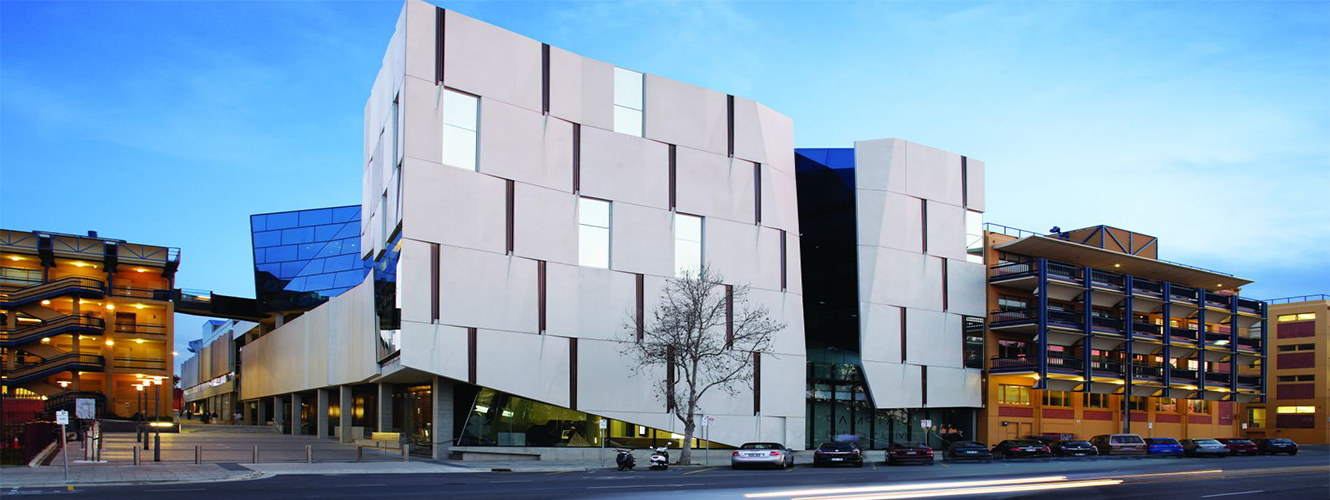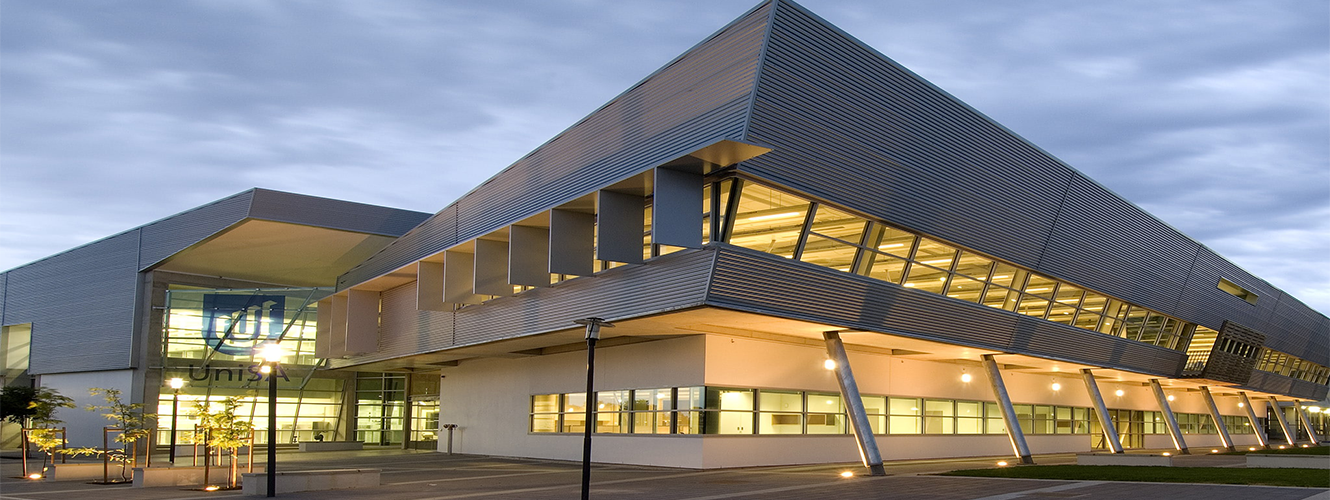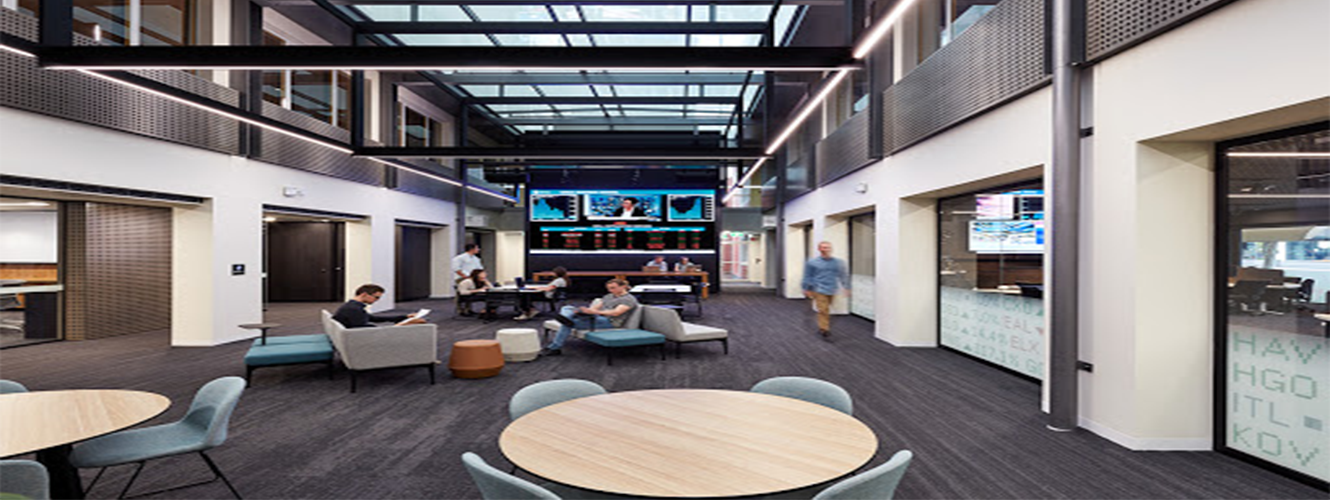AU32 Bachelor of Engineering (Honours) (Civil and Structural) University of South Australia
-
THÔNG TIN CHUNG
Civil and structural engineers are responsible for the infrastructure and resources that keep our cities, towns and rural areas functioning. They focus on the design and construction of buildings, bridges and other structural components of an infrastructure.
This degree is strongly hands-on, you will apply engineering theory to real-world challenges. In your final year, you’ll do a major industry-related research project and a design project. You’ll learn in our industry-standard specialist facilities – such as the largest strong floor in the southern hemisphere and a 1200m long hydraulic testing facility – and use high-tech testing and computer modelling equipment.
Graduate career-ready by completing the UniSA STEM Professional Practice Program and gain at least 450 hours of skills and competencies through a range of engagement activities such as placements, internships, guest lectures, industry panels, site visits, networking and events.
Professionally accredited by Engineers Australia, our civil engineering degrees offer a huge amount of study flexibility.
What you'll learn
In your first year you will develop a strong, general foundation in engineering. You’ll then move in to your civil engineering major. From third year you will also start taking specialised structural engineering courses such as structural analysis, earthquake and masonry engineering, and cold-formed steel design.
At least half of your honours year involves a major project. Projects are generally supported by industry clients, or based in a research centre like the Scarce Resources and Circular Economy centre. Our UniSA STEM Professional Practice Program allows you to apply the skills and knowledge you've acquired throughout your degree in real-world settings.
You will also have the opportunity to undertake a Civil Engineering Design Project (CEDP). In the CEDP you will undertake real projects provided by industry, with industrial representatives acting as your clients. You will work through the real-life stages of a project from developing a tender through to feasibility, concept development and detailed design. See examples of student projects: Project 1 and Project 2.
-
CƠ HỘI NGHỀ NGHIỆP
In Australia, strong housing construction activity and infrastructure investment should see employment in architecture, engineering and technical services sector grow by 19.5 per cent between now and 2020. For civil engineers in Australia, employment growth of 13.5 per cent is expected by 2023.1 Careers to consider:
- civil draftsperson: designing, construction and testing of physical infrastructure; assessing the impact of large scale projects on the environment
- structural engineer: works with architects, builders, mechanical, electrical and chemical engineers to make sure all parts of a structure are safe and fit for purpose; makes sure materials are used efficiently and appropriately
- water and environment engineer: involved in providing clean water, the disposal of waste water and sewage, and preventing flood damage; responsible for the construction and maintenance of new equipment for managing water resources
- environmental engineer: protecting the environment by assessing the impact a project has on the air, water, soil and noise levels in its vicinity
1 Australian Government Department of Jobs and Small Business, Occupational Employment Projections 2018
Professional accreditation and recognition
This program is professionally accredited by Engineers Australia and is designed to meet the requirements for graduate membership of Engineers Australia and comparable international institutions.
- ĐIỀU KIỆN ĐẦU VÀO
- ĐIỀU KIỆN NGÔN NGỮ
- HỌC BỔNG
- ĐỊA ĐIỂM
Tóm tắt
-
Phí ghi danh
0
-
Độ dài khoá học
4 năm
-
Kỳ nhập học
Tháng 2
Tháng 7
Phí Cơ Bản
-
Loại Tiền
-
Học Phí
Trên năm -
Phí Sinh Hoạt
Trên năm -
Tổng






